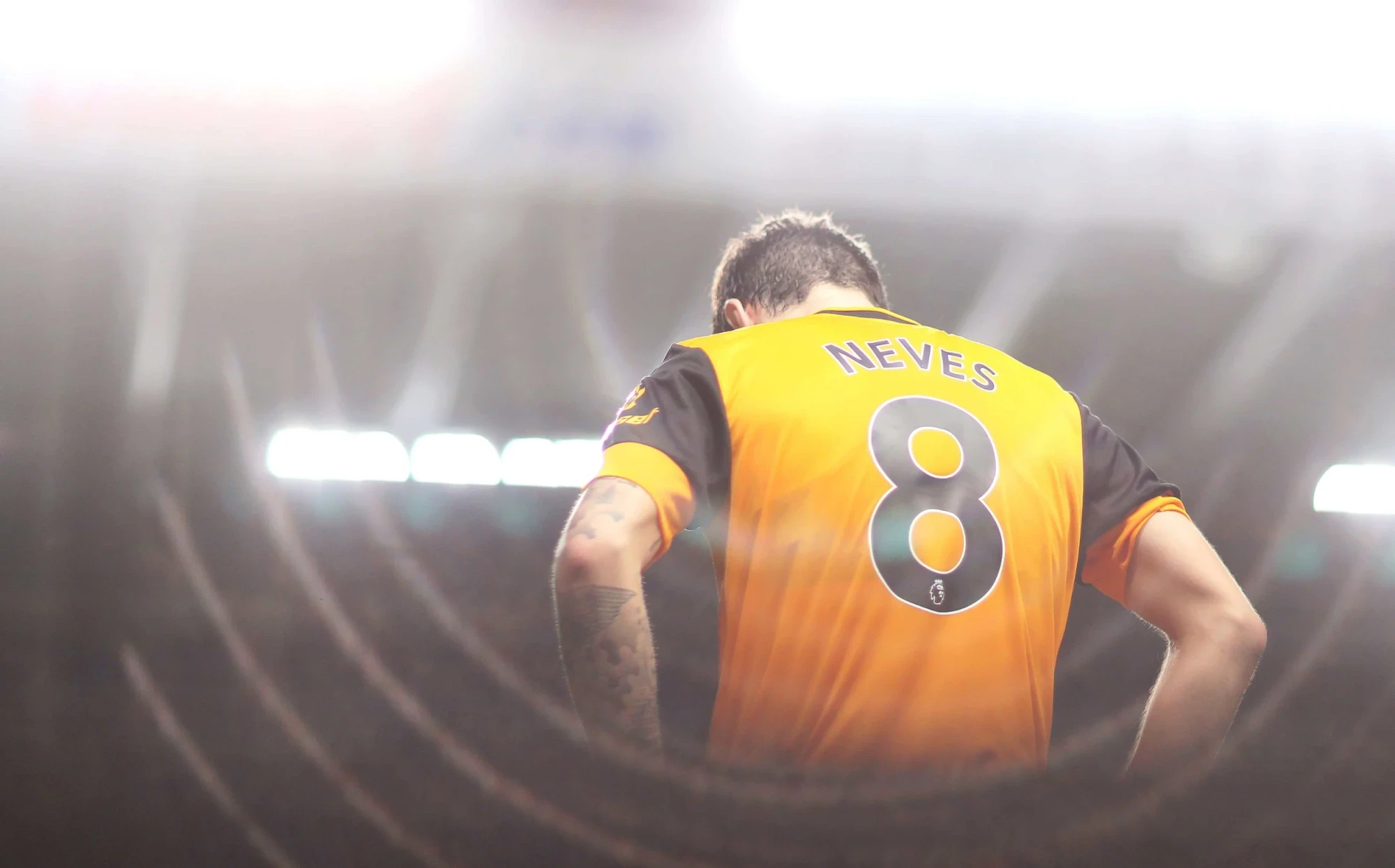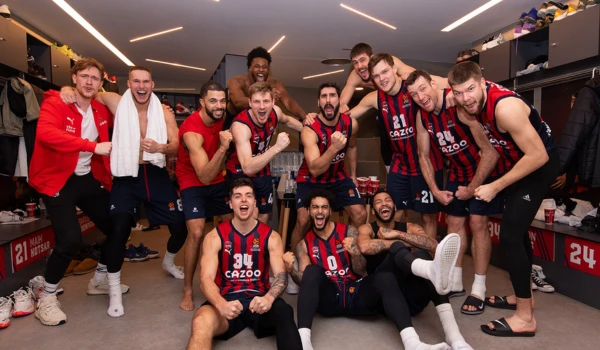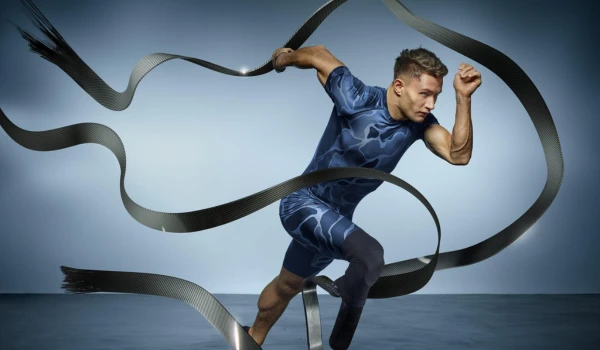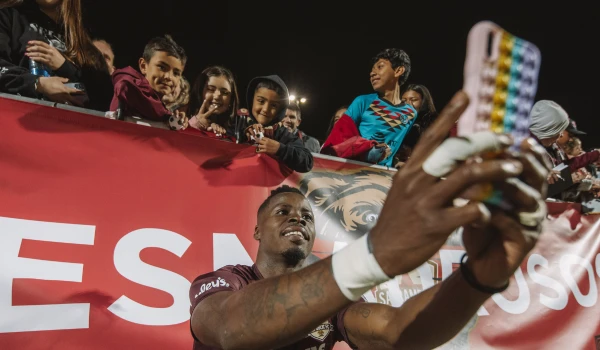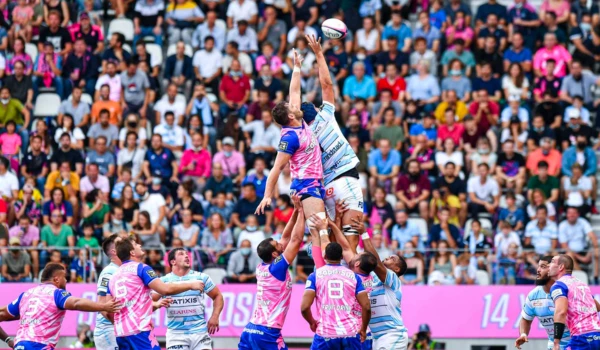As part of our Behind the Creative series, we spoke to Jack Thomas, lead club photographer for Wolves for the past 2 years, taking care of everything photo related, from games, to training, media days and transfer announcements.
Behind the Creatives showcases the best creatives and photographers in the sports industry, and the incredible people who dedicate their life to capturing moments, emotions and memories for sports fans worldwide. We built ScorePlay with the help of photographers and their workflows, so it’s only right to put them on the pedestal they deserve.
From down under to Wolverhampton
From day 1, Jack always knew he wanted to be a photographer and so much so that he never even thought of having a Plan B or a fallback. What started as a high school hobby, became freelance job after another at university by shooting local sports. His first major breakthrough came through the NBL (National Basketball League - Australia), which lead to meeting someone from Getty who asked him to be a card runner at the Australian Open. A shortage of photographers meant card-runner gig became a photography gig and Jack took his chance to impress.
Despite spending some time on real-estate photography and editing, more and more freelance work came through Getty and Jack was fully focussed on full-time sports photography. One of his first childhood goals, photographing his home team Melbourne United’s home games, became a reality and a dream come true. That was the breakthrough moment he had always waited for, giving him experience at an elite sports level and the opportunity to meet other professionals in the space.
A day in the life
Home games are the busiest, arriving at Molineux about four hours before kick-off. This gives Jack time to prepare his gear, get some shots of the stadium; always a challenge to find a new angle or perspective, before heading to the dressing room. After a few wide shots of the shirts for the social team’s pre-match content strategy, Jack heads up to the camera to set up his remote camera. The remote camera is a chance for Jack to capture moments only he can - that add that extra something to the raft of usual shots, and crucially, it’s his shot alone. Setting the focus is crucial as it can’t be changed during the game, so he frames it around the 18 yard box, with more space on the right, with a view of the fans and the pitch to give the shot an even 50-50 split. Of course, this shot demands a bit of luck, as you’re reliant on Wolves scoring during the half where the camera is pointed at, and for the player to celebrate in the correct corner. But when it works, it really pays off as the shot below showcases.
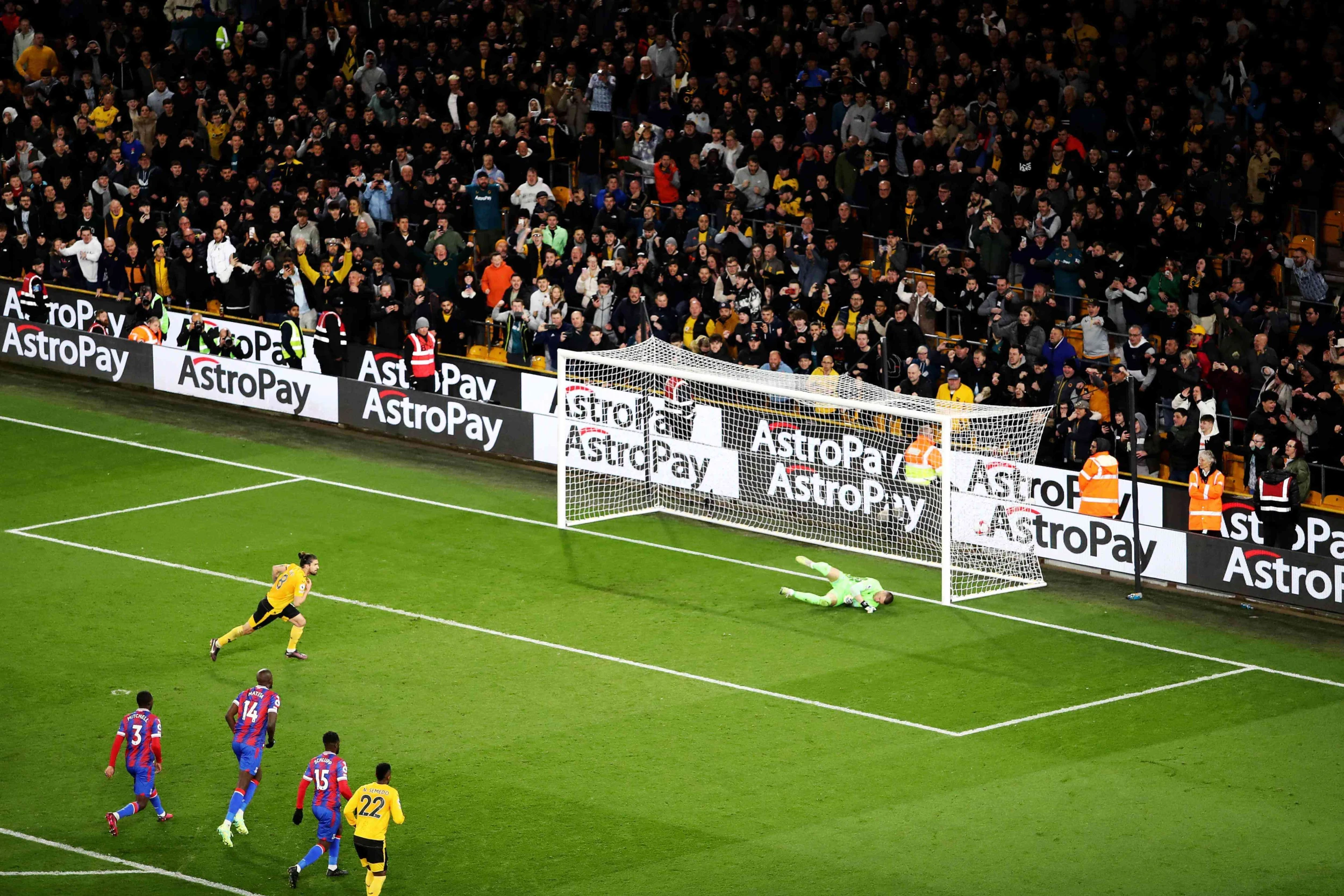
Remote camera success
Next are the bus arrival shots, becoming more and more popular as fans connect with athlete brands and idols want to see who they are off the pitch too. After that, he files the images quickly using ScorePlay, and has a little break before the warm-up to get some quick edits in. After the warm-up, Jack sets himself up to shoot whatever end Wolves are attacking. Some days there are more specific briefs or demands from the social team, foundation or partnerships and he’ll add them to his list of shots he needs to get. Then, the match, as he searches for his moments, emotions and perfect lighting to have the Wolves fans at home marvel.
“Everyone loves a goal celebration but I love the moments in between, like Moutinho placing a ball down for a corner. With perfect lighting. A lot of candour shots, clean imagery. Sports photography is about action - but I love the moments away from the action. So simple but just something about it.”
Finally, post-match he edits quickly to distribute to the players quickly using ScorePlay’s automatic player distribution, before a final edit the next day to have a perfectly curated library of content.
Before & after ScorePlay
Before ScorePlay, Jack’s matchday workflows were tedious. They had three different sections on their platform: general archives with approved users, a player section and a partner section. After every game, Getty would export the pictures and then upload those to the players section in 300px. Jack would then upload the high resolution into the archive section, and the next day, post-edit, he had to delete everything and then replace with the full edit to refill the full-resolution archive section, with a slightly lower resolution to the players, and then finally upload to the partner section.
“Getting rid of the 3 different uploads was a god-send. ScorePlay helps so much with the Getty workflow. Saves us lots of time, and also keeps players off my back cause i can publish straight away. Makes Getty’s life much easier too."
Now, the workflow is basically automatic, whereby when Getty sends back the shots, those are re-routed directly to the ScorePlay platform’s Live mode so Jack can publish directly to their media library and he’s not waiting for the upload to then download and re-upload to different section.
Top photographers and photographs
When asked about his biggest inspirations in photography, two names immediately come up. Firstly, his fiance Naomi Baker, a hugely successful sports photographer too, who shoots the Lionesses and has worked across football, American football and rowing. They learn from each other, they challenge each other, and they even share their photography gear. Perfect couples don’t exist - Admire her work here. Second, fellow Aussie Ryan Pierse is a huge inspiration to Jack, and has photographed, the Ashes, Formula 1 and Premier League with years of experience to be a perfect mentor. Find his work here.
As for his top 5 photographs, you can find them below.
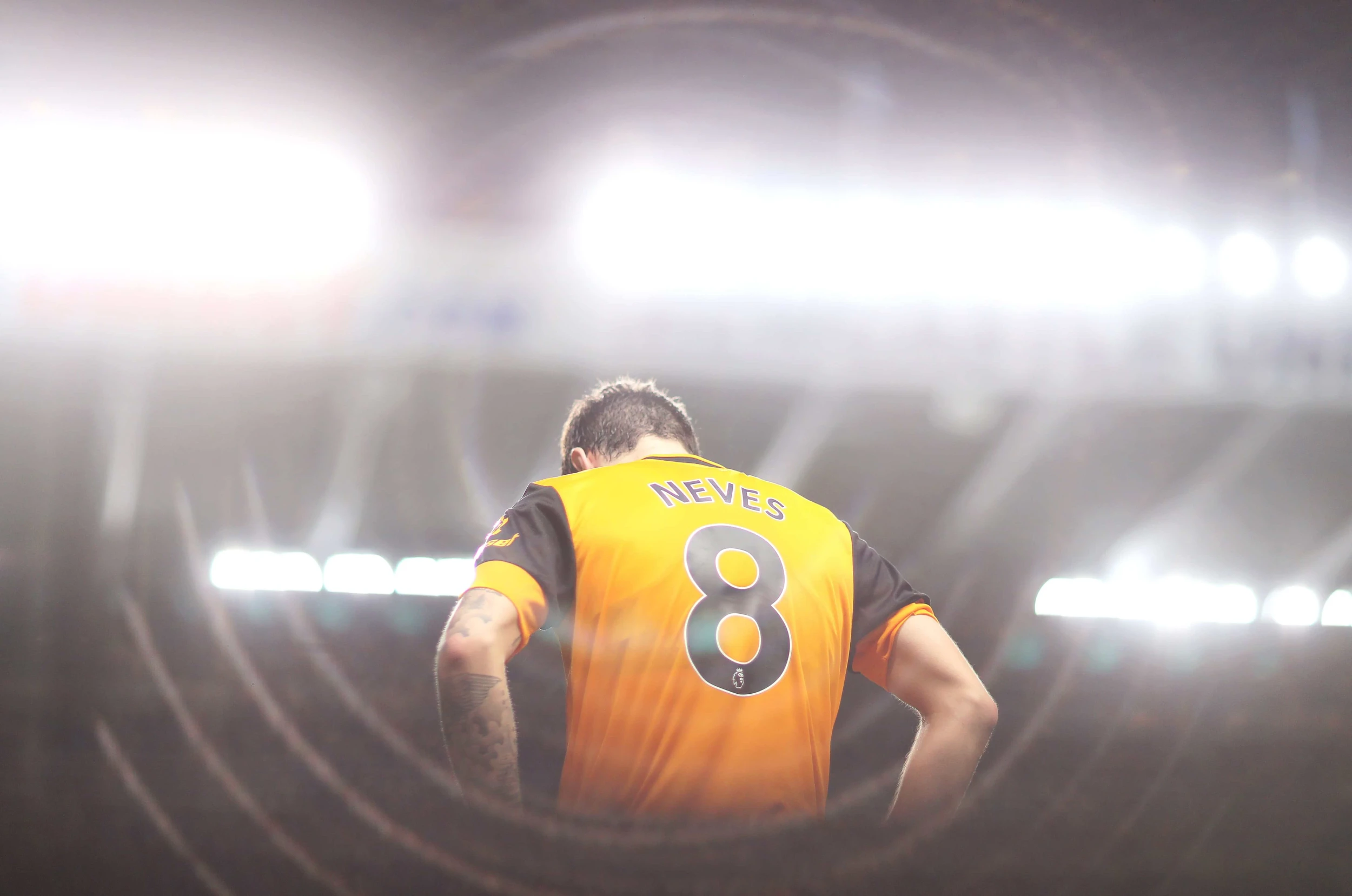
“One of my all-time favourite shots of Ruben Neves that I’ve taken, and it just so happened that I shot this following my first match for the club away at Newcastle at St James’. Ruben was waiting for an interview and I was hanging about with an 85mm f/1.2 lens. Shooting at 1.2 created this effect and I just love it.”
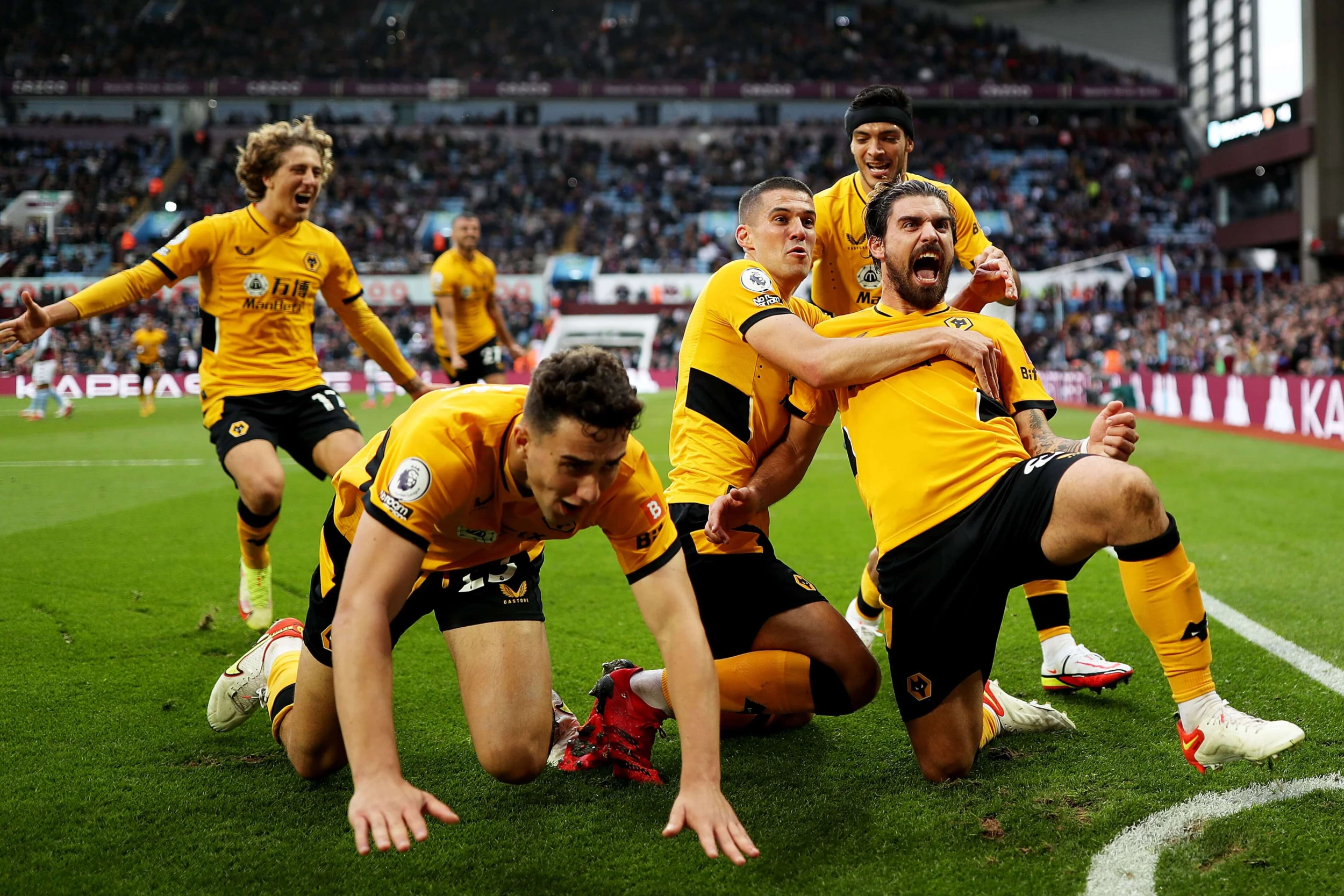
“No match can compare to this one that I’ve covered. Down 2-0 against rivals Aston Villa with 10 minutes to go, we got it back to 2-2, then 95th minute Ruben scores a free kick to win 3-2. He ran to the away fans where I was sat in front of and carnage ensued. Fans stormed the pitch to celebrate, I was knocked all over the place but it was totally worth it because I got to capture the moment.”
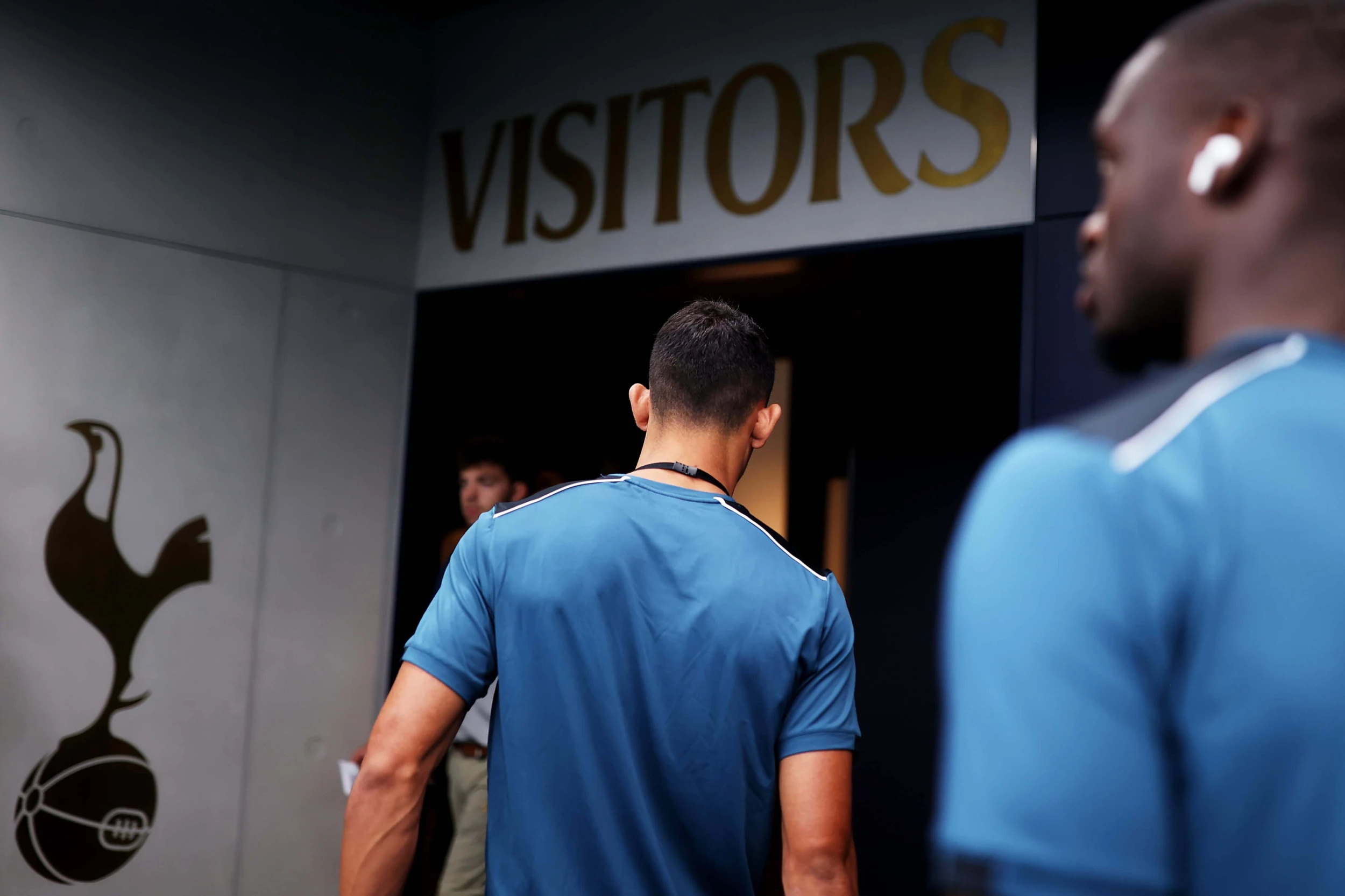
“This isn’t the most glamorous image, however travelling to each away stadium I like to look for different perspectives. This was Matheus Nunes’ first game with Wolves after signing so I was following him around pre-match and as he walked through the tunnel back into the dressing room I loved the framing of him walking under the ‘visitors’ sign.”
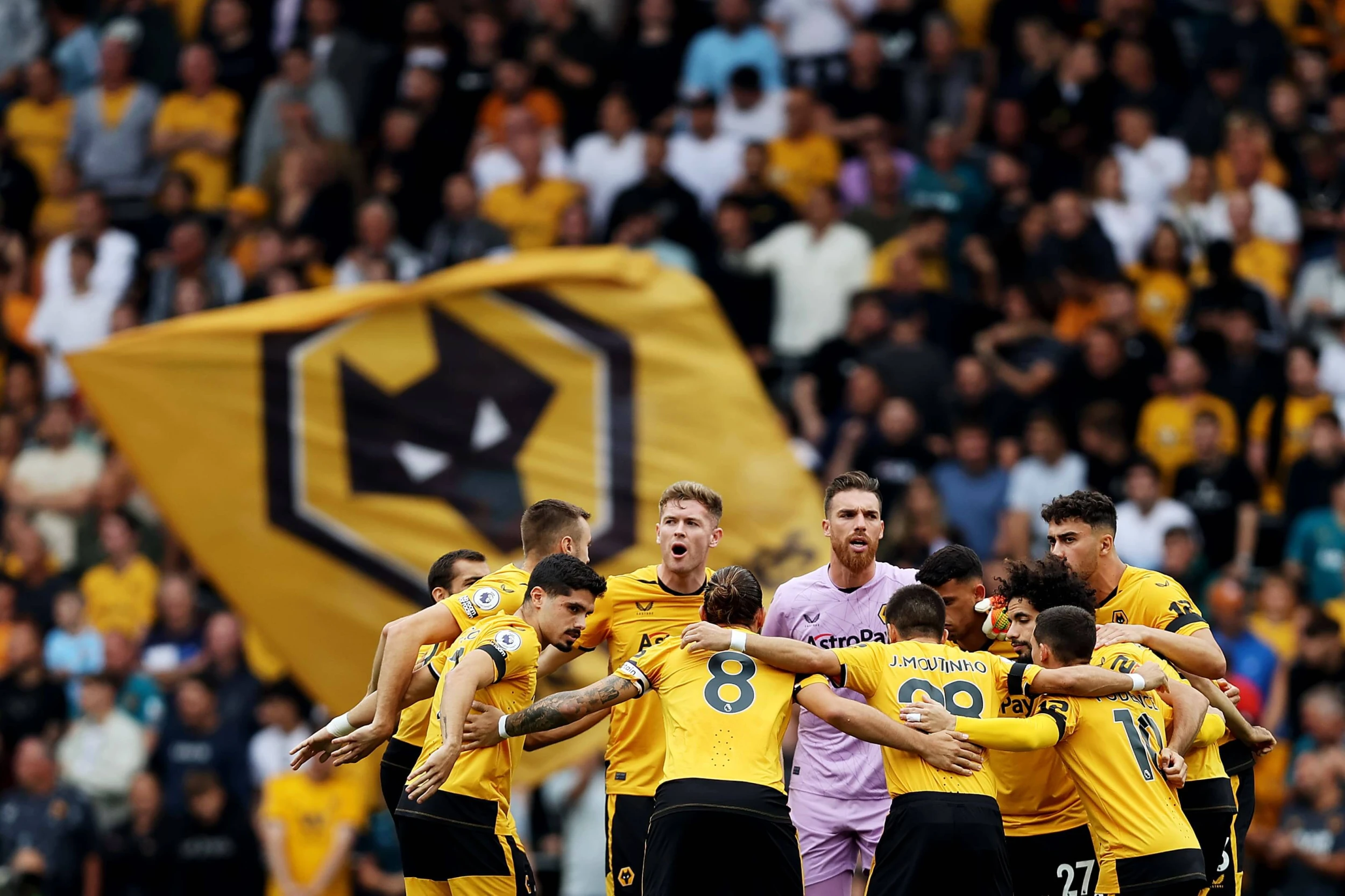
"I’d be trying to find a nice perspective for a team huddle image through the season and luckily I stumbled across this one as I was making my way back to my shooting position ahead of kick-off. I had turned around and saw them in a huddle so I pointed my 400mm towards them and they broke at the perfect time with the flag waving in the background."
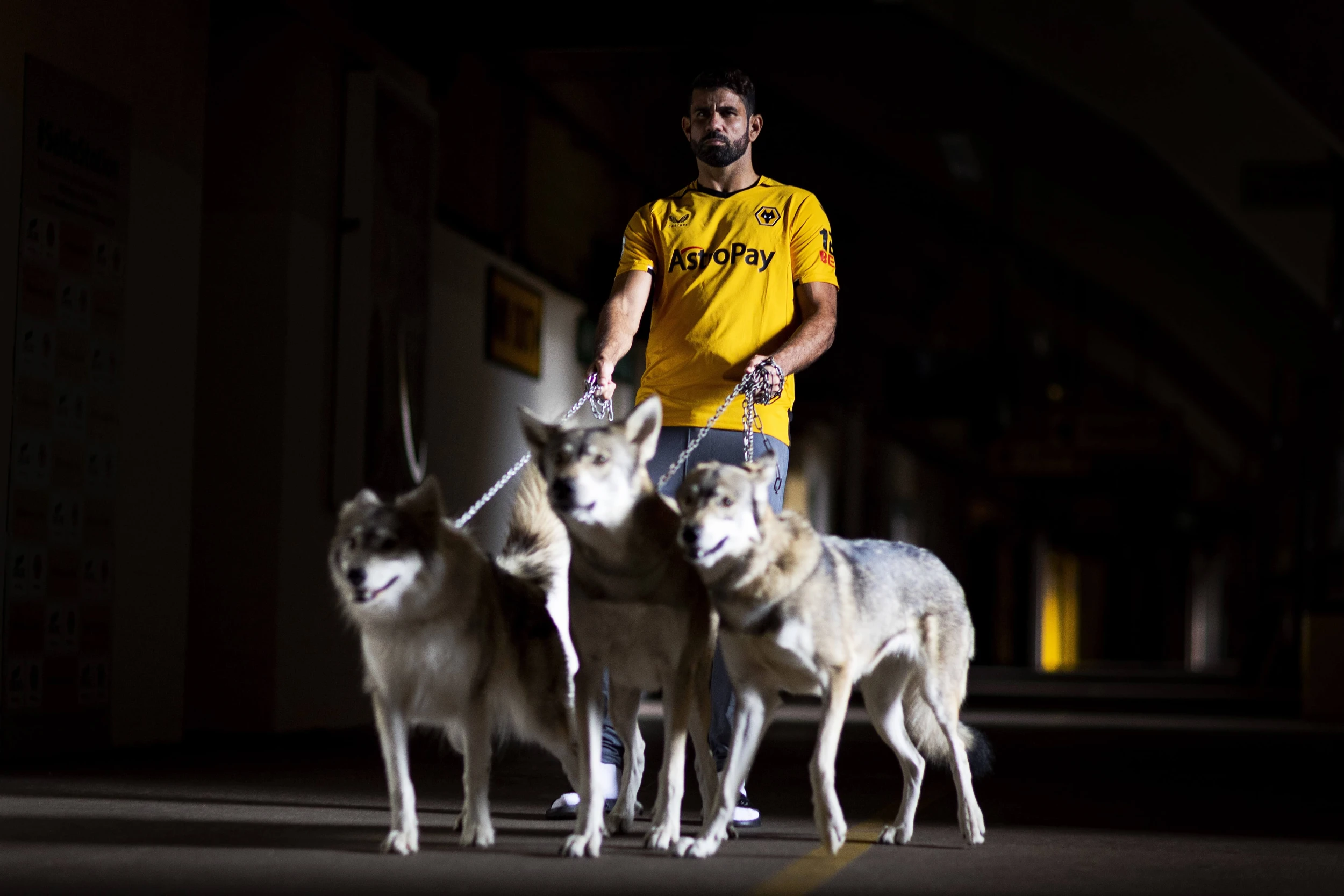
“Not much to say about this one other than what a day. Diego Costa signing for Wolves, holding actual wolves? Okay.”
Camera ops & tips
Jack uses Canon. Although he started with Nikon and a basic SLR, once he was at university he switched. Today, he shoots with two mirrorless Canon EOS R3s. In his words, they’re ‘brilliant’, as the screen flips out, they’re exposure simulated so what you see is what it will look like which helps a lot if the sun is in and out and the varying weather conditions in and around Wolves and the UK in general. He’ll shoot primarily with a 400mm f/2.8 on match days, with a 70-200mm and a 35mm primed at his feet. For the remote camera he uses a MarkII. When it comes to editing, he does his own for the Wolves archive. He’ll add contrast, make sure certain horizons are straight: its a process that has become second nature where he add levels, curves, and intuitively knows how it should look.
Thinking of following in his footsteps? This is what he recommends if you’re just starting out.
Photograph as much as you can - when he was younger, he shot Aussie rules footy, cricket, basketball, and spent summer taking pictures of junior basketball. So important to just get out and shoot.
Finding really good backgrounds to shoot in - things that aren’t distracting to give emphasis to your subject.
Edit your stuff. You can make a good image a great image with a crop.
Take the time to go through your photographs while you edit to determine how to improve.
Reach out to other photographers. Be a pest - it’s a network job.
About ScorePlay
Curious as to why Jack chose ScorePlay as his digital asset manager? Check out our full case study.
ScorePlay is your best-in-class media solution that provides an automated architecture to centralise, distribute, and classify your digital assets, whether photos, videos, or live broadcasts. We are transforming sports organizations, automating their creative processes and growing their brands and unlocking new revenue. We are the bridge to the future of sports storytelling, from content capture to fan consumption. Automate. Grow. Unlock.
Credits
Photo credit: Jack Thomas
You can check out more of Jack's work here.
